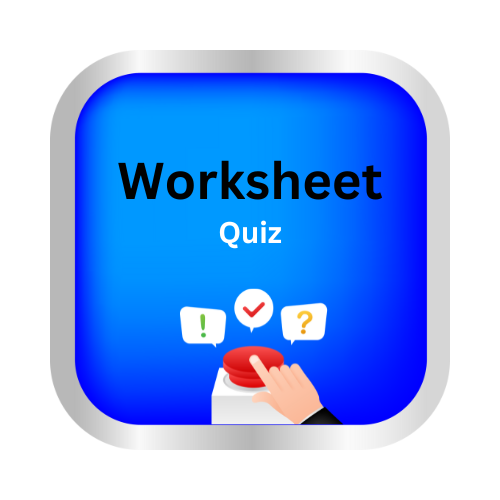Is it a direct object or an indirect object?
key notes :
✨ Direct Object vs. Indirect Object ✨
| 📌 What is a Direct Object? 🎯 |
A direct object receives the action of the verb.
It answers the question:
- 👉 What? or Whom?
✅ Example:
- She kicked the ball ⚽ (What did she kick? → the ball)
- He helped his friend 👦 (Whom did he help? → his friend)
| 📌 What is an Indirect Object? 🎁 |
An indirect object tells to whom or for whom the action is done.
It usually comes before the direct object.
✅ Example:
- She gave her friend 🎀 a gift 🎁 (To whom did she give a gift? → her friend)
- The teacher taught us 📚 a lesson 📝 (For whom did the teacher teach? → us)
| 📌 Easy Trick 💡 |
- 👉 Direct Object = What or Whom
- 👉 Indirect Object = To whom or For whom
| 📌 Structure 🏗️ |
Subject + Verb + Indirect Object + Direct Object
✅ Example:
- Mom baked me 🍪 a cookie (Indirect Object = me, Direct Object = a cookie)
| 📌 Quick Test 🕵️ |
- Find the verb.
- Ask What?/Whom? → Direct Object
- Ask To whom?/For whom? → Indirect Object
| 🌈 Visual Example: |
Sentence: Sarah sent her cousin a postcard. ✉️
- Verb = sent
- What? = postcard (🎯 Direct Object)
- To whom? = cousin (🎁 Indirect Object)
| 🎯 Key Points to Remember: |
- Not all sentences have an indirect object.
- A sentence must have a direct object for an indirect object to exist.
- Indirect Object always comes before the direct object (unless you use “to” or “for”).
👉 Example:
- She gave a gift to her friend. (Here “to her friend” is the indirect object phrase).
✨🌟 With these tricks, you can quickly spot whether it’s a Direct Object 🎯 or an Indirect Object 🎁! 🌟✨
let’s practice!

